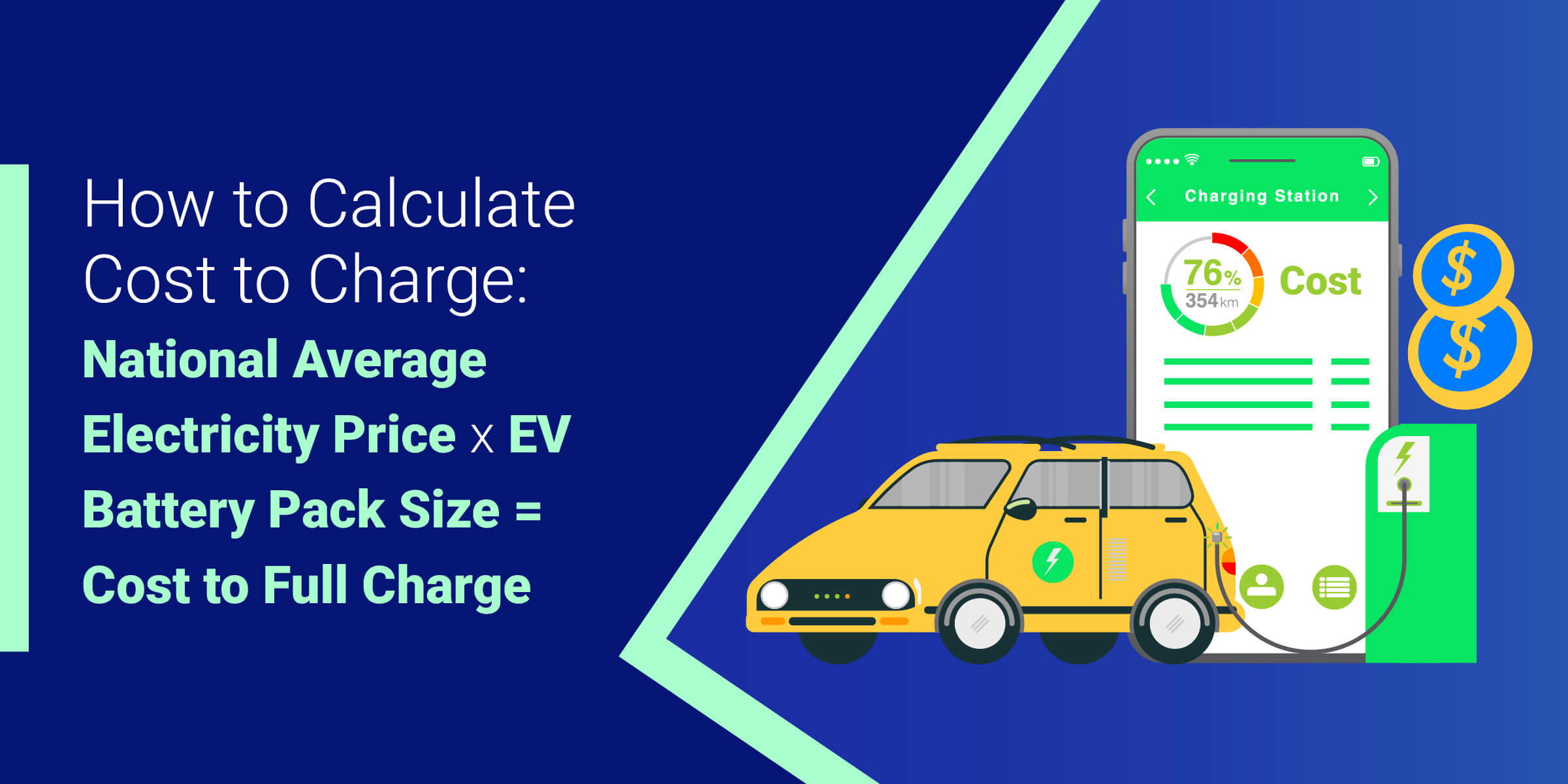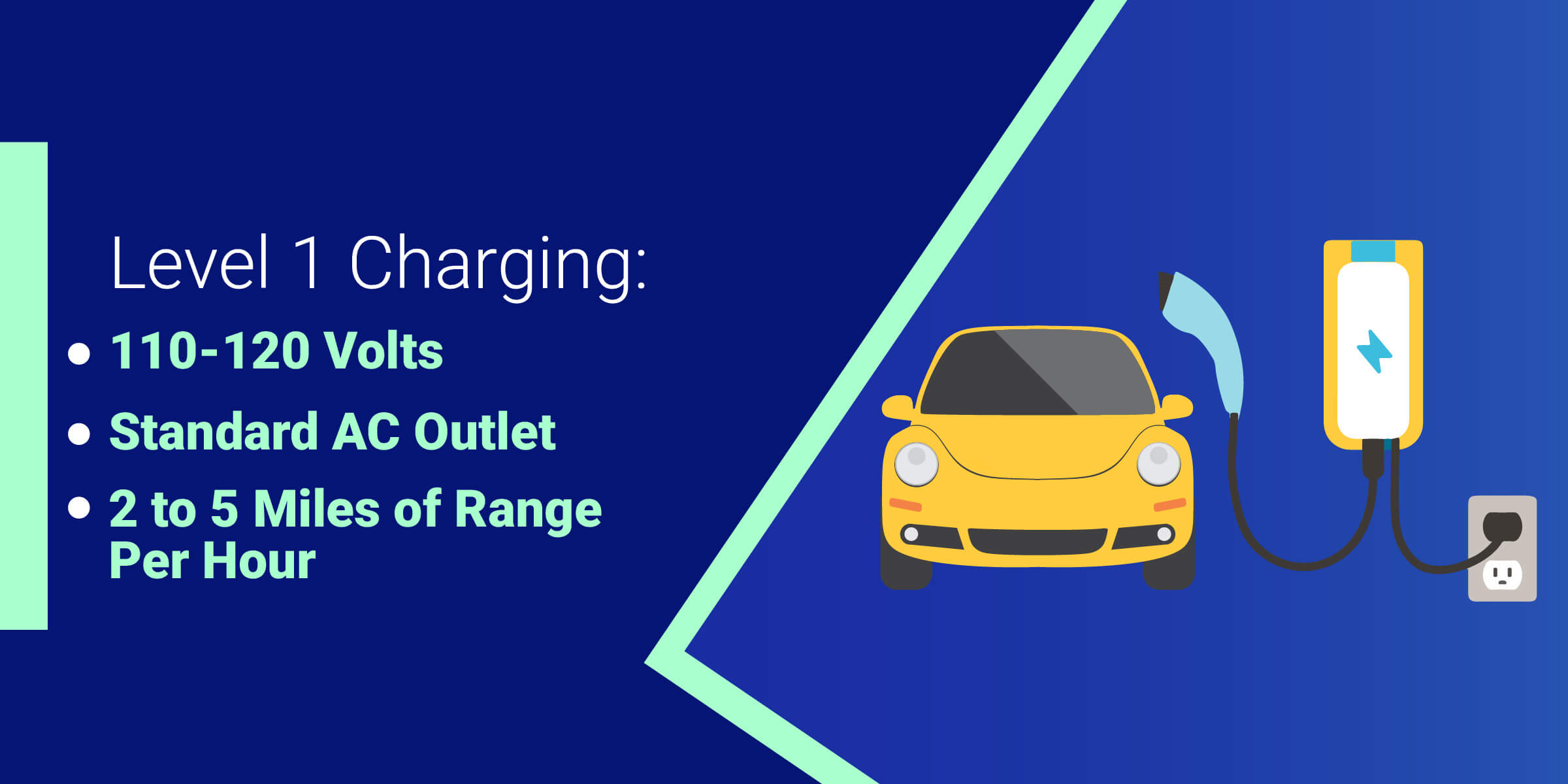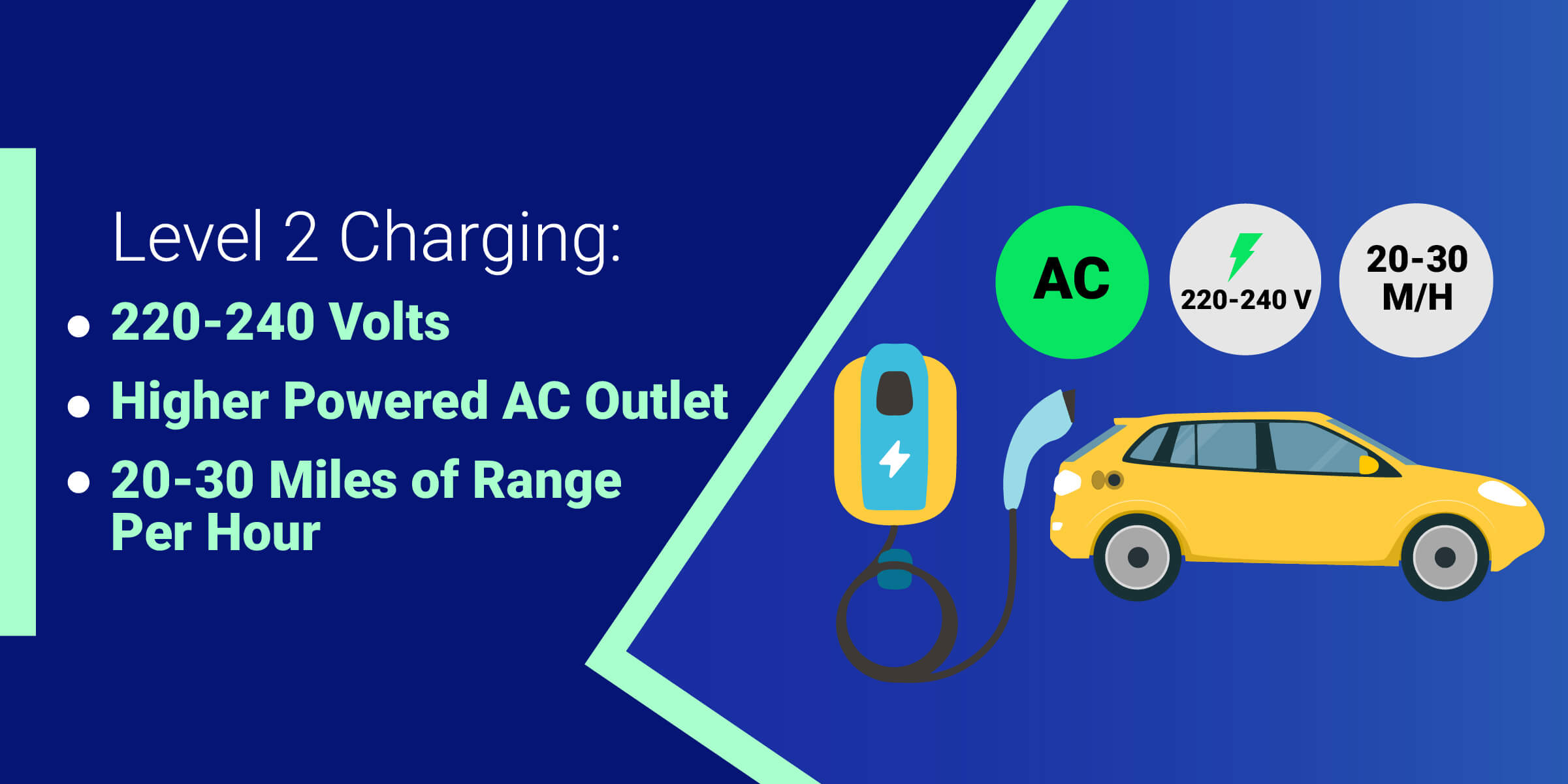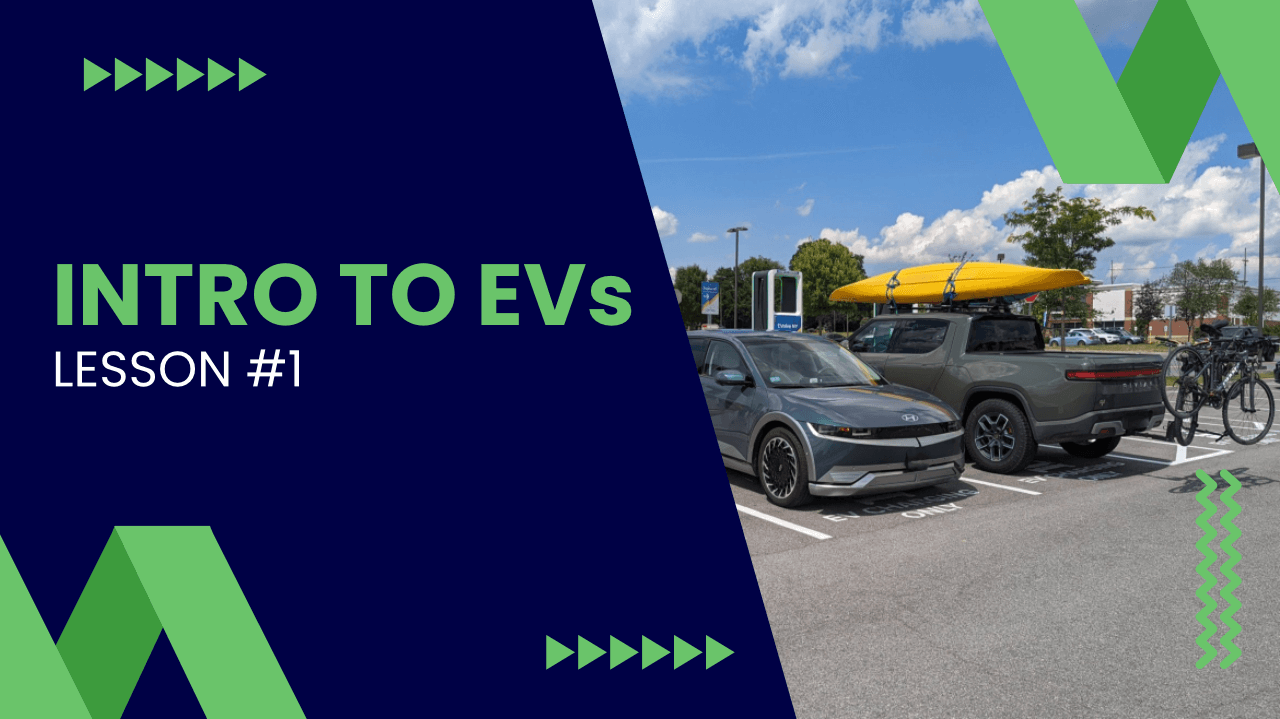What Are My Options for Charging an Electric Vehicle at Home?
May 17, 2023

Steve Birkett is an electric vehicle advocate based in Greater Boston, Massachusetts. He is a content creator and marketing professional who contributes written and recorded pieces to a wide range of media outlets. His analysis has been featured in Find The Best Car Price, WWLP TV, and Torque News, among others. He has also had video content featured on Inside EVs. Birkett was an EV Guide for Plug in America events in Massachusetts (Drive Electric Cambridge and Drive Electric Lowell) and Ohio (Earth Day 2019 at Cleveland Zoo). He participates in quarterly advisory panel meetings for EVolve New York (a state-level charging initiative) and has contributed to focus groups for prominent U.S. charging networks.
Birkett is a father-of-two who loves nothing more than packing up the family and hitting the road in their latest electric car, which is currently a 2022 Hyundai IONIQ 5. With multiple Chevy Bolts in his past, as well as a Chevy Volt and Tesla Model 3 LR in the extended family, plus various EV rentals when he ventures back home to his native United Kingdom, Birkett has more than 100,000 all-electric miles under his belt and is always ready to try out a new electric vehicle.
For press inquiries, contact steve@findthebestcarprice.com
Ask any electric vehicle owner about the perks of driving an EV and home charging will be high on the list of advantages. For those with the ability to charge at home, whether in their own driveway or courtesy of a third-party charging station, starting the day with a full “tank” is a big deal. Not only does it mean cutting out the errand of getting gas every week, in most cases, it also significantly cuts the costs of running the vehicle in everyday use.
That said, not all home EV charging is created equal. There are some very simple, cost-effective solutions that come with their own limitations, while more premium solutions can mean spending some money upfront and even upgrading your home.
This article explores the range of home EV charging options to help you decide which is best for you.
Table of Contents
How Much Does Home EV Charging Cost?

Let’s start with a relatively simple question to answer: what does it cost to charge at home?
Excluding the one-time costs involved with installing a home charger, which can range from $0 to several thousand dollars, the cost of home charging comes down to your utility bill. How much do you pay per kWh, once generation and delivery are factored in, and are there any peak/off-peak times where that pricing will vary?
Once you know your rate per kWh, simply multiply that number by the capacity of your EV’s battery pack and you have an approximate price per fill-up. Let’s look at an example for a Chevrolet Bolt EV, which has a 65 kWh battery pack, and use the national average electricity price of $0.16 in 2022 as our price per kWh:
$0.16 per kWh x 65 (kWh capacity in Bolt EV battery pack)
= $10.40 for a full charge
We say “approximate” because there are some losses to charging and scenarios where you might want to use a little extra juice from the wall even when your EV is charged, such as warming the cabin while plugged in on a cold morning. It’s also rare to get as low as 0% and charge all the way back to 100%, so owners will typically add less than a full charge per session.
Nonetheless, with a ballpark figure of $10-$13 per home charge and that energy covering 250-300 miles, depending on the EV and driving conditions, it becomes clear that home charging is much more economical than most gas fill-ups that many of us are used to.
What Are My Home EV Charging Options?
To keep things simple, let’s break home charging out into two voltage levels: 120V and 240V.
Level 1 - Charging at 120 volts (or “trickle” charging)

120 volts is the simplest, but also the slowest. This uses the common household outlets that you plug into every day and delivers power via a portable charge cord, which often comes with the vehicle. Even if you need to purchase one yourself, this is the least expensive type of charge hardware and can often be picked up for a few hundred dollars.
That affordability comes at the expense of time, though, as this option adds only around 1 kWh to your battery per hour it’s plugged in. Recall the size of many modern EVs starts around 60 kWh and you have several days of charging to go from low to fully charged!
Why would anyone choose this option?
Aside from the affordability, some owners only intend to use their EV for commuting and/or local errands. That covers a maximum of 30-40 miles a day for many drivers, which level 1 charging can easily replenish overnight. For those with minimal mileage to cover and a willingness to plug in every day, home charging at 120 volts can be made to work. Inevitably, many EV owners find the limited power outweighs the convenience of using any available outlet and quickly look to move to the next level of home charging.
Level 2 - Charging at 240 volts (or “L2/destination” charging)

240 volts makes more sense for most home charging. It typically adds between 20-30 miles of range every hour, depending on the EV, which is sufficient to move from a low % state of charge to 90% or more overnight.
Most home charging at 240 volts happens between 25-40 amps, which equates to between 6-9 kW of power. Multiply that out by 10 hours of overnight charging and you’ll see 60-90 kWh of energy transferred, which even taking into account electrical losses is enough to take most electric cars from low to full. There are certain use cases where an even more powerful option might be required, such as a larger SUV or electric truck, which boast battery packs far in excess of 100 kWh capacity, but for most owners this level is plenty.
For the average household with a modern EV, that means going about your daily routine and never thinking about charging your vehicle until you get home, which then takes no time at all to plug in and leave to charge as you attend to other duties. Head to bed with the vehicle on charge and you’ll wake up to a fully charged EV in the morning.
What is the Best Home EV Charger?
The first thing to consider is whether you need something with all the bells and whistles, or just a plain old plug to juice up your EV overnight. If it's the former, a home charger with Wi-Fi connectivity and a dedicated app from the provider is worth looking for. The ChargePoint Home Flex and Emporia home charger are both good candidates in this category.
If all you need is to plug in and wake up to a charged EV, you can probably save some money and look for a more basic option. You'll just need to know what amperage you have from the socket you're going to use (typically 32A or 40A, unless you're hardwiring the unit, in which case the electrician can guide you).
In the "non-smart" charger category, Clipper Creek units are typically very reliable and well-built here in the USA. An alternative is the rugged Grizzl-e Classic, which is especially good if the unit will be outside in cold weather.
One final note is to make sure whatever you choose is UL-listed/certified and has the right level of weatherproofing if it's going to be mounted outside. In some cases, if you have a 240-volt outlet in your garage and the home charger won't be used outside, you might even be able to use the mobile connector that comes with your EV. For anything more than that, the options mentioned above are worth researching further.
For example, an older home with only a 60A panel will most likely require an upgrade to 100A at some point, which can be a $1,000-$2,000 job.
That homeowner can still have home charging, however, by simply using the existing 30A dryer outlet with a smart splitter that allows both the dryer and EV charger to be plugged in at the same time. This device then switches EV charging off when the dryer turns on, then goes back to charging as the dryer finishes.
Two products that provide this functionality are the following:
- Neocharge - https://www.getneocharge.com
- SplitVolt - https://www.splitvolt.com
Both are reasonably affordable, sub-$500 options, though they do also have semi-regular sales offering up to 20% off, if the need isn't urgent and you can hold off on buying until the next holiday sales event.
How High Should I Charge My EV at Home?
When we say “wake up to a full charge” when you charge at home, it usually means charging to the upper level that you’ve set in the car or on your charging station.
For most EVs, the recommendation is to charge to 80% unless you are heading on a long trip away from home or expect a very heavy driving day closer time. This is because most battery chemistries do better when they aren’t left for a long time at the top or bottom of their available energy. Even so, some manufacturers still recommend charging to 100% once a month to help the battery management system (BMS). And newer battery chemistries like lithium-ion phosphate (LFP) actively encourage owners to charge to 100%, so always check your vehicle’s manual for best practice.
This is not to say that your regular lithium-ion EV can’t stay at 100% before your trip or below 10% when you don’t have a charging option overnight. Rather, the guidance is intended as a best practice that makes use of the convenience of charging at home and promotes good habits that could lead to improved battery health for your EV.
Most manufacturers and smart charging hardware now provide features that let you define a maximum charge level, so set it somewhere between 80%-90%, plug in before you head inside, and let your EV do the rest!
Summary
Charging your vehicle at home is one of the main perks of going electric. It is usually more convenient and more affordable than using public charging stations, as you wake up to a full charge and can sometimes take advantage of cheaper charging periods or home charging incentives from utility companies.
To get your home charging solution in place, simply decide how many miles you need to add when the vehicle is parked, what power level you have available, and whether any upgrades to your electrical outlets and/or panel will be necessary. In some cases this will involve some upfront expense and a qualified electrician, but that home charger will serve you for years to come and the convenience of home charging is well worth the price of entry for most EV owner.
Even if you have a comfortable home charging set up, you might still benefit from free EV charging when it’s conveniently placed at a destination you’re visiting. Here’s how to find it, if so: Free EV Charging Stations: 4 Easy Options
Best Car Deals by Category
Posted in Electric and Hybrid Vehicles |




